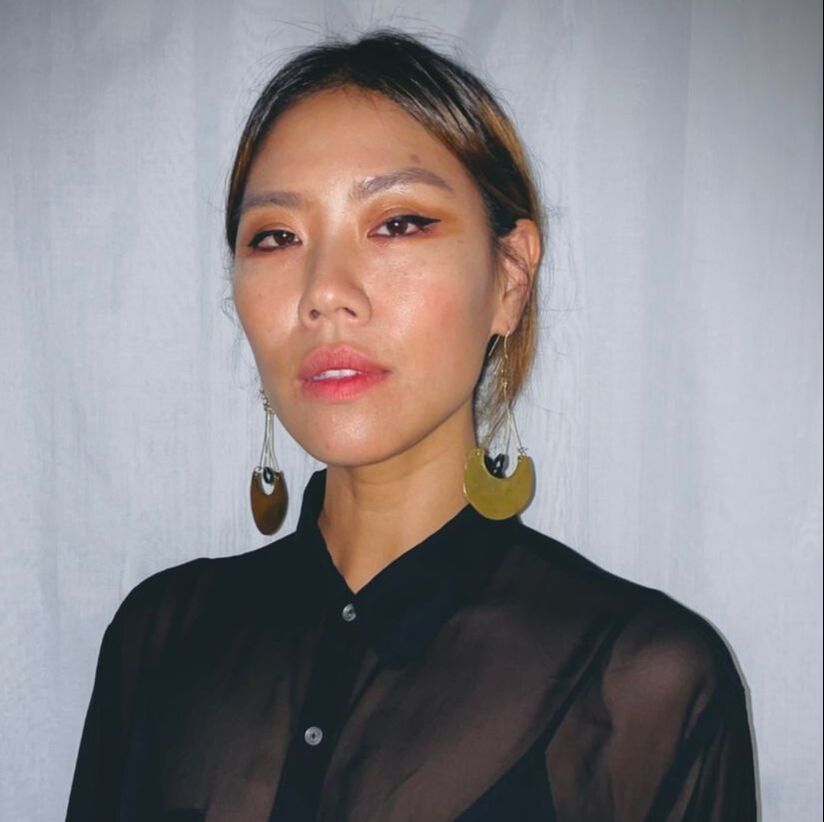Program
| The Persuance |
| The Fates Band |
|
Objects created by Sara Sinclair Gomez (Incantations, chance, fire, vengeance) |
| REST |
|
Food created by Sharon Chohi Kim (Pleasure, pain, water, Samshin Halmeoni) |
| REST |
|
Rooms created by Kathryn Shuman (Cycles, wind, hawks, perspective) |
| REST |
| The Fates Band |
| SILENCE |
It can be difficult to approach a topic like the divine feminine in the 21st Century while we are in the middle of grappling with new ways of thinking about sexual and gender identities. On the one hand, the concept of the Divine Feminine is found throughout history and across cultures; on the other hand, how that divine presence manifests is not so consistent from time to time and place to place.
Part of this new approach and understanding of gender is summarized by stem cell Biologist and Tik-Tokker Micah Valentine who tells us that gender, like biological sex, is not a binary but a “Bimodal distribution with two extreme ends and most people falling somewhere in the middle.” Meaning that our understanding of gender is defined by two polarities on either end of that extreme, but our individual gender expression (and sex defining characteristics) will come from some combination of both.
To understand the Divine Feminine, the ultimate expression of the feminine archetype, we can look at one end of that spectrum, a tricky thing to pin down when incorporating ideas between cultures.
Perhaps the complexity of what the divine feminine encapsulates is best described by spiritual traditions with a large pantheon of Gods who have made room for feminine as well as masculine figures. In the Candomblé tradition, for instance, we have Iemanjá and her younger sister Oxum, Goddess figures with characteristics associated with water and thus fertility, healing, beauty, and wisdom. But there is also Oyá, Obá, and Ewá, all warrior goddesses.
Similarly in ancient Greece, only two of the Olympian goddesses, Hera and Aphrodite, are associated with maternal/sexual attributes; the other two, Athena and Artemis, are virgin goddesses of hunting, wisdom, and warfare. Looking beyond Olympus, goddesses embodied every aspect of spiritual life in Ancient Greece from the Earth itself to primordial Chaos, the seven Muses to the three-in-one goddess, the Fates. The Fates are of particular note because of their multifaceted nature as a single deity, encompassing our existence from birth, through life, to the moment of death.
The Fates aren’t the only goddesses that contain so many aspects of life they must be represented in three forms. The Celts have The Morrigan, a triple goddess associated with war and fate. Korean Shamanism venerates Samshin Halmeoni, the triple grandmother who is also a goddess of fate, and a protector of newborns. The recurrence of the three Marys in the bible is another echo of this tripartite divine feminine. In all instances, we see this sacred representation of the feminine in wildly divergent appearances.
So, what are the characteristics of the Divine Feminine?
Is it tender, caretaking, safe, contained, well ordered and well kept? Or primordial creation itself, the vastness of the earth, expansive, chaotic, and infinite?
The modern concept of the ‘sacred feminine’ coincides with first wave feminism in the 1970s and was strongly influenced by the influx of Eastern religion and philosophy, especially Hinduism. While it was often used as a counterpoint to the male-oriented worship of modern day Christianity, the goddess-oriented Shakti denomination of Hinduism (which contains its own triple deity as manifestations of the supreme being Devi) rejects dualism and binaries, seeing the divine reality as one, whole completeness.
The Devi-Bhagavata Purana states: “I am Manifest Divinity, Unmanifest Divinity, and Transcendent Divinity…I am the Sun and I am the Stars, and I am also the Moon. I am all animals and birds, and I am the outcaste as well, and the thief. I am the low person of dreadful deeds, and the great person of excellent deeds. I am Female, I am Male in the form of Shiva.”
Or as Swami Vivekananda defines it, Shaktism is “... the omnipresent force in the universe and sees in women the manifestation of that Force.” Divine femininity is not one thing, or even a category of things; it is all encompassing, touching every part of creation and made manifest through us as human beings.
During this concert, each performer is making their own connection to that source. Intuition, fertility, and sensuality, or water and the moon, or the juxtaposition of chaos and order, or vengeance and sorcery, or the teeming life of the earth itself. And as an audience, we are given the opportunity to step into that energy, consider its potential, how that driving force guides our fate. Can we lean on oppositional metaphors based in that bimodal structure and think of masculinity as a mountain and femininity the sea? Sure, but remember that the tallest mountain in the world isn’t Everest but Mauna Kea, which stretches over 10,000 meters, with the majority of it underwater. Perhaps the slopes and peaks of a mountain are no more or less mysterious than waves and tides, and perhaps each pearl on the ocean floor holds the same majesty as the highest summit.
Program
| The Persuance |
| The Fates Band |
|
Objects created by Sara Sinclair Gomez (Incantations, chance, fire, vengeance) |
| REST |
|
Food created by Sharon Chohi Kim (Pleasure, pain, water, Samshin Halmeoni) |
| REST |
|
Rooms created by Kathryn Shuman (Cycles, wind, hawks, perspective) |
| REST |
| The Fates Band |
| SILENCE |
It can be difficult to approach a topic like the divine feminine in the 21st Century while we are in the middle of grappling with new ways of thinking about sexual and gender identities. On the one hand, the concept of the Divine Feminine is found throughout history and across cultures; on the other hand, how that divine presence manifests is not so consistent from time to time and place to place.
Part of this new approach and understanding of gender is summarized by stem cell Biologist and Tik-Tokker Micah Valentine who tells us that gender, like biological sex, is not a binary but a “Bimodal distribution with two extreme ends and most people falling somewhere in the middle.” Meaning that our understanding of gender is defined by two polarities on either end of that extreme, but our individual gender expression (and sex defining characteristics) will come from some combination of both.
To understand the Divine Feminine, the ultimate expression of the feminine archetype, we can look at one end of that spectrum, a tricky thing to pin down when incorporating ideas between cultures.
Perhaps the complexity of what the divine feminine encapsulates is best described by spiritual traditions with a large pantheon of Gods who have made room for feminine as well as masculine figures. In the Candomblé tradition, for instance, we have Iemanjá and her younger sister Oxum, Goddess figures with characteristics associated with water and thus fertility, healing, beauty, and wisdom. But there is also Oyá, Obá, and Ewá, all warrior goddesses.
Similarly in ancient Greece, only two of the Olympian goddesses, Hera and Aphrodite, are associated with maternal/sexual attributes; the other two, Athena and Artemis, are virgin goddesses of hunting, wisdom, and warfare. Looking beyond Olympus, goddesses embodied every aspect of spiritual life in Ancient Greece from the Earth itself to primordial Chaos, the seven Muses to the three-in-one goddess, the Fates. The Fates are of particular note because of their multifaceted nature as a single deity, encompassing our existence from birth, through life, to the moment of death.
The Fates aren’t the only goddesses that contain so many aspects of life they must be represented in three forms. The Celts have The Morrigan, a triple goddess associated with war and fate. Korean Shamanism venerates Samshin Halmeoni, the triple grandmother who is also a goddess of fate, and a protector of newborns. The recurrence of the three Marys in the bible is another echo of this tripartite divine feminine. In all instances, we see this sacred representation of the feminine in wildly divergent appearances.
So, what are the characteristics of the Divine Feminine?
Is it tender, caretaking, safe, contained, well ordered and well kept? Or primordial creation itself, the vastness of the earth, expansive, chaotic, and infinite?
The modern concept of the ‘sacred feminine’ coincides with first wave feminism in the 1970s and was strongly influenced by the influx of Eastern religion and philosophy, especially Hinduism. While it was often used as a counterpoint to the male-oriented worship of modern day Christianity, the goddess-oriented Shakti denomination of Hinduism (which contains its own triple deity as manifestations of the supreme being Devi) rejects dualism and binaries, seeing the divine reality as one, whole completeness.
The Devi-Bhagavata Purana states: “I am Manifest Divinity, Unmanifest Divinity, and Transcendent Divinity…I am the Sun and I am the Stars, and I am also the Moon. I am all animals and birds, and I am the outcaste as well, and the thief. I am the low person of dreadful deeds, and the great person of excellent deeds. I am Female, I am Male in the form of Shiva.”
Or as Swami Vivekananda defines it, Shaktism is “... the omnipresent force in the universe and sees in women the manifestation of that Force.” Divine femininity is not one thing, or even a category of things; it is all encompassing, touching every part of creation and made manifest through us as human beings.
During this concert, each performer is making their own connection to that source. Intuition, fertility, and sensuality, or water and the moon, or the juxtaposition of chaos and order, or vengeance and sorcery, or the teeming life of the earth itself. And as an audience, we are given the opportunity to step into that energy, consider its potential, how that driving force guides our fate. Can we lean on oppositional metaphors based in that bimodal structure and think of masculinity as a mountain and femininity the sea? Sure, but remember that the tallest mountain in the world isn’t Everest but Mauna Kea, which stretches over 10,000 meters, with the majority of it underwater. Perhaps the slopes and peaks of a mountain are no more or less mysterious than waves and tides, and perhaps each pearl on the ocean floor holds the same majesty as the highest summit.
Performers
|
Sharon Chohi Kim |
Sharon Chohi Kim’s work as a voice artist, performer and composer includes immersive experimental opera, performance art, improvisation, sound art and site-specific space activation through movement and voice. As a Korean American female artist, she is interested in human connection across cultures and generations, transgenerational trauma of the Korean diaspora, and domestic and sexual violence. By engaging in the act of breathing as a right, she uses the voice and body as a direct channel of protest and resistance. She fills spaces with sonic vibrations, exploring relationships between people and the space in which they occupy, inquiring into healing between humans and the earth. Through improvisation, she explores human and non-human states of being, enthusiastically discovering new ways in which her voice can sound. Sharon Chohi has performed with the LA Philharmonic, the Industry Opera Company, Long Beach Opera, MOCA, at Walt Disney Hall, the Broad Museum, the Getty Center and Villa, in caves, tunnels, mountains, gardens, and in water. |
|
Sara Sinclair Gomez is an LA based artist dedicated to immersive musical environments that challenge the vocal orthodoxy. Her evocative atmospheres defy mechanization and the boundaries of the human voice. As an orchestrator of collaboration, Sara seeks dissonance between the aesthetics of different participating artists. Taking cues from sources as disparate as Björk and Cathy Berberian, she strives to create a sonic experience that challenges vocal boundaries, mechanization, aesthetic environment, and most importantly—interpersonal musical collaboration. Looking to surrealist painters and modernist poets who inspire archetypal symbols throughout her artistic vision, Sara generates meaning through the synthesis of word, sound, abstraction, and metaphysical communication. |
Sara Sinclair Gomez |
|
Sara Sinclair Gomez |
Sara Sinclair Gomez is an LA based artist dedicated to immersive musical environments that challenge the vocal orthodoxy. Her evocative atmospheres defy mechanization and the boundaries of the human voice. As an orchestrator of collaboration, Sara seeks dissonance between the aesthetics of different participating artists. Taking cues from sources as disparate as Björk and Cathy Berberian, she strives to create a sonic experience that challenges vocal boundaries, mechanization, aesthetic environment, and most importantly—interpersonal musical collaboration. Looking to surrealist painters and modernist poets who inspire archetypal symbols throughout her artistic vision, Sara generates meaning through the synthesis of word, sound, abstraction, and metaphysical communication. |
|
Kathryn Shuman |
Kathryn Shuman is a singer/performer/composer. As a singer, she is recognized for her “striking and clear tone, with excellent attention to detail” (composer/performer Meredith Monk). Her unique ability to sing a variety of styles make her a sought after performing and recording artist. Recent film/tv credits include vocals in Strange World (2022), Minions 2: Rise of the Guru (2022), Mulan (2020), SCOOB! (2020), Cate Blanchett’s Mrs. America (2020), appearance and vocals in CBS’s Strange Angels (2019). Additionally, Kathryn is a featured artist on Splice’s new Montage label and creates sound libraries for the company as a recording artist and lead sound editor. Kathryn was a featured soloist in the premiere of Juhi Bansal’s opera, We Look to the Stars, commissioned by LA Opera (February 2020), took on the role of “Coyote” in the premiere of The Industry’s opera, Sweet Land (February 2020), by Raven Chacon and Du Yun, performed her LA Philharmonic solo debut with multiple lead roles in Meredith Monk’s opera “ATLAS” at Walt Disney Concert Hall directed by Yuval Sharon (June 2019). |





